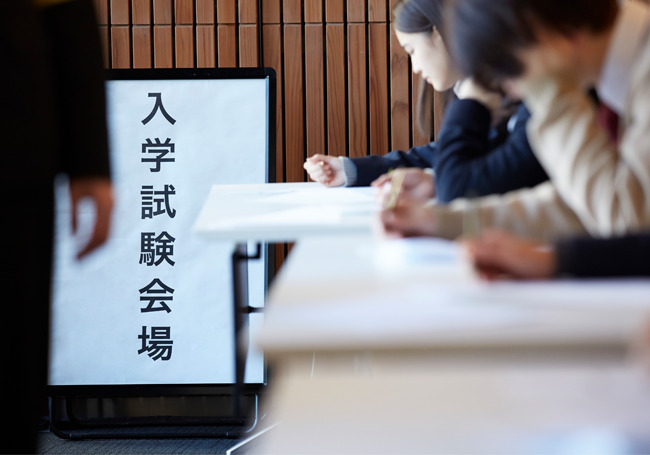
The second schedule of the first common test for university admission has been completed, and the general selection of private universities has begun.Due to the unexpectedly high average score for the Common Test for University Admissions, the number of applicants for the common test for private universities is likely to decrease less than initially expected.However, since the general method has decreased widely from difficult universities to mid-sized universities, the number of applicants for private universities is likely to decrease for the second consecutive year following last year.One of the points to be noted in the future of general selection is the change in the magnification due to the application status of each university and the increase or decrease in the number of successful applicants.The other is the trend of applying for the late (second) entrance examination, which is held from the latter half of February to March.
The number of private university applicants has also decreased due to the decrease in the actual number of university applicants.
As of XNUMX:XNUMX on the last day of acceptance, the number of applications for the second examination of national and public universities has decreased by XNUMX% compared to the same period of the previous year.The number of applicants for the Common Test for University Admissions (hereinafter referred to as the Common Test) is also XNUMX% compared to the previous year, so the final number of applicants for the secondary examination is likely to decrease by XNUMX-XNUMX% from the previous year.Looking at national and public universities as a whole, the number of applicants for school-recommended selection has decreased by XNUMX, but the number of applicants for comprehensive selection has increased by XNUMX.Since the number of successful applicants for general selection will decrease by that amount, it is expected that the ratio will not change much even if the number of applicants decreases.
On the other hand, general selection of private universities has already begun, but the number of applicants is expected to decrease overall.Kawaijuku's university entrance examination information site Kei-Net has released aggregated data as of February XNUMX, but overall it has decreased significantly to XNUMX% (general method XNUMX%, common test use method XNUMX%) compared to the previous year. ..The biggest factor in the decrease in the number of applicants is the decrease in the number of examinees.In the first place, the XNUMX-year-old population has decreased by XNUMX, and the number of high school graduates is decreasing due to the increasing tendency of examinees who want to avoid the high school connection reform first year entrance examination (XNUMX entrance examination).Therefore, the actual number of university applicants this year is thought to have decreased by XNUMX to XNUMX from XNUMX last year.Compared to the previous year, it is about XNUMX%, so it can be said that each university is in a normal state with a XNUMX% decrease in the number of applicants.Eventually, the total number of private university applicants (total number of applicants) will decrease by about XNUMX%.
In addition, according to the "Notice Concerning the Review of the Guidelines for the Selection of University Enrollees in 7" notified by the Ministry of Education, Culture, Sports, Science and Technology in July 33, a test related to subjects and subjects (scholastic ability test) will be used as a new rule for the selection of university enrollees. (= General selection) is scheduled to be held from February XNUMXst to March XNUMXth, so the test dates that many private universities have conducted at the end of January have been changed to February XNUMXst or later. doing.This is the so-called "February XNUMXst problem".Since most of the examination days have moved to the beginning of February, the entrance examination schedules naturally overlap at many universities, making it difficult for students to apply concurrently.This also seems to have influenced the shift of applicants from the general method to the common test usage method.
Reference site:
Kawaijuku University Entrance Examination Information Site Kei-Net Major Private Universities Aggregate Data
https://www.keinet.ne.jp/exam/future/index.html
- 1
- 2
